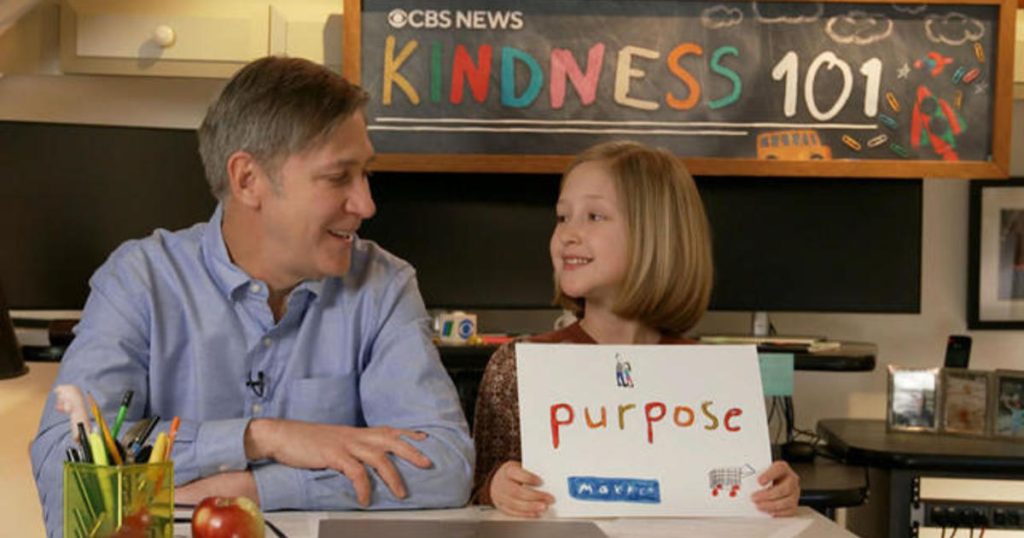“Kindness 101” is a segment on CBS News where Steve Hartman and his children share stories centered around kindness and character, highlighting individuals who embody these qualities. In this episode, the focus is on purpose, and the narrative centers around a widower who discovers a new sense of purpose in life from an unexpected source. Through heartfelt storytelling, viewers are taken on a journey that explores the transformative power of kindness and how it can lead to a renewed sense of direction and fulfillment.
The story in this episode highlights the importance of purpose in one’s life and how it can be found in the most unexpected places. The widower featured in the segment is able to break free from the constraints of grief and loss by embracing a new purpose that brings him joy and fulfillment. Through his experience, viewers are reminded of the resilience of the human spirit and the capacity for individuals to find new meaning and direction in their lives, even in the face of adversity.
By showcasing real-life examples of individuals who have found purpose through acts of kindness and compassion, “Kindness 101” serves as a source of inspiration and motivation for viewers. It emphasizes the importance of reaching out to others and making a positive impact on the world around us. Through storytelling that is both heartwarming and insightful, the segment encourages viewers to consider how they can make a difference in the lives of others and find their own sense of purpose through acts of kindness and generosity.
The segment also highlights the ripple effect of kindness and how one act of compassion can have a profound impact on others. By sharing stories of individuals who have gone above and beyond to help those in need, “Kindness 101” demonstrates the power of small gestures and meaningful connections in creating a more compassionate and caring society. It shows viewers that even the smallest act of kindness can have far-reaching effects and inspire others to follow suit, creating a chain reaction of positive change.
Through the lens of kindness and character, “Kindness 101” challenges viewers to reassess their own values and priorities and consider how they can cultivate a sense of purpose in their own lives. By highlighting the stories of individuals who have found meaning and fulfillment through acts of kindness, the segment encourages viewers to reflect on their own actions and choices and consider how they can make a positive impact on the world around them. It serves as a reminder of the importance of compassion, empathy, and connection in fostering a more caring and supportive community.
In conclusion, “Kindness 101” is a powerful reminder of the transformative power of kindness and the profound impact it can have on individuals and communities. Through storytelling that is both poignant and uplifting, the segment inspires viewers to consider how they can make a difference in the world by reaching out to others and embracing a sense of purpose through acts of compassion and generosity. By shining a spotlight on the ripple effect of kindness and highlighting the stories of individuals who have found new meaning and direction through acts of kindness, “Kindness 101” serves as a beacon of hope and inspiration for all who watch.
















